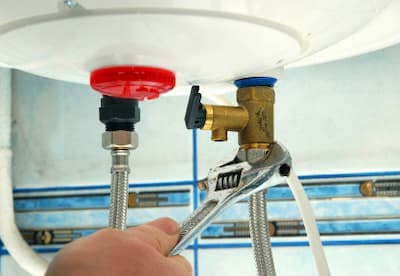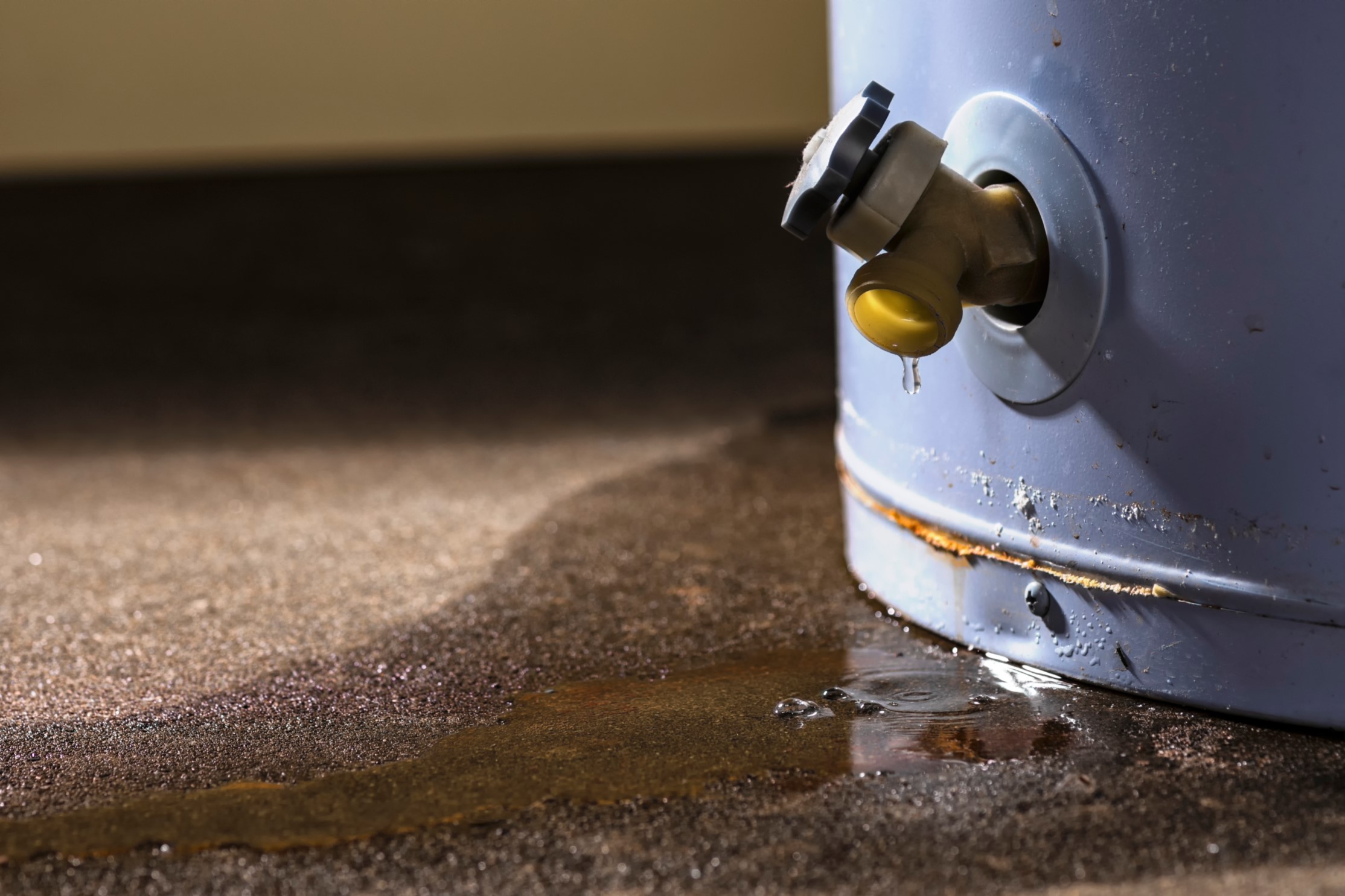Important Tips on Maintaining Your Home's Hot Water SystemSpecialist Guidance for Caring for Your Home's Hot Water System
Important Tips on Maintaining Your Home's Hot Water SystemSpecialist Guidance for Caring for Your Home's Hot Water System
Blog Article
Nearly everybody has their private concepts involving Water Heater Maintenance Tips You Can't Afford to Forget.

Warm water is necessary for day-to-day convenience, whether it's for a rejuvenating shower or washing meals. To guarantee your hot water system runs effectively and lasts longer, normal maintenance is vital. This write-up gives sensible pointers and understandings on exactly how to preserve your home's hot water system to avoid disturbances and pricey repair work.
Intro
Keeping your home's warm water system could seem daunting, yet with a few simple actions, you can ensure it runs efficiently for several years to find. This guide covers everything from comprehending your hot water system to DIY upkeep ideas and knowing when to contact expert help.
Relevance of Preserving Your Hot Water System
Regular upkeep not only extends the life-span of your warm water system but also guarantees it operates effectively. Neglecting upkeep can cause lowered effectiveness, higher power expenses, and even early failure of the system.
Indicators Your Warm Water System Needs Upkeep
Understanding when your hot water system needs interest can avoid significant problems. Look out for indicators such as irregular water temperature, odd sounds from the heating unit, or rusty water.
Recognizing Your Hot Water System
Prior to diving into maintenance jobs, it's valuable to recognize the basic parts of your hot water system. Commonly, this includes the hot water heater itself, pipelines, anode rods, and temperature level controls.
Regular Monthly Maintenance Tasks
Regular month-to-month checks can assist capture minor concerns before they rise.
Flushing the Hot Water Heater
Flushing your hot water heater removes sediment build-up, boosting efficiency and lengthening its life.
Checking and Replacing Anode Rods
Anode poles avoid corrosion inside the storage tank. Inspecting and replacing them when worn is crucial.
Examining and Changing Temperature Level Settings
Changing the temperature level settings ensures ideal efficiency and safety.
DIY Tips for Maintenance
You can execute several upkeep tasks yourself to maintain your warm water system in top problem.
Looking for Leaks
On a regular basis check pipelines and links for leaks, as these can result in water damages and greater bills.
Testing Stress Relief Valves
Evaluating the stress safety valve guarantees it functions properly and stops too much stress buildup.
Protecting Pipes
Shielding hot water pipes minimizes heat loss and can conserve energy.
When to Call an Expert
While do it yourself maintenance is helpful, some concerns require expert expertise.
Complex Problems Needing Specialist Help
Examples include major leakages, electric problems, or if your water heater is continually underperforming.
Routine Professional Maintenance Advantages
Expert maintenance can include extensive evaluations, tune-ups, and guaranteeing compliance with security standards.
Final thought
Normal upkeep of your home's hot water system is important for effectiveness, longevity, and cost savings. By following these pointers and understanding when to seek specialist aid, you can make certain a trustworthy supply of hot water without unforeseen disruptions.
Water Heater Maintenance: The Basics
Maintaining your water heater will ensure it operates efficiently and has a longer lifespan. Neglecting regular maintenance can lead to costly repairs and an even bigger chunk of your savings if you have to replace it sooner than necessary. But there’s good news: Most water heater maintenance tasks are relatively simple and easy for homeowners with basic DIY skills.
Flush the Water Heater
Over time, sediment and minerals can build up in the tank, reducing its efficiency and potentially causing damage. To flush the tank, turn off the power or gas supply, attach a hose to the drain valve near the bottom and open the valve to drain the water until it runs clear. Ideally, flush the tank annually.
Replace the Anode Rod
The anode rod is a sacrificial metal rod that helps prevent corrosion inside the tank. Inspect and replace it every three to five years or per the manufacturer's recommendation. To replace the anode rod, turn off the power or gas supply, drain a few gallons of water from the tank, unscrew the old rod and replace it with a new one. If the anode rod is significantly corroded or covered in calcium buildup, it's a sign the water heater may need to be replaced soon.
Tune-Up
A yearly tune-up can help identify potential issues and ensure your water heater operates at peak efficiency. This typically involves checking the thermostat, burner assembly (for gas heaters) and any other components specified by the manufacturer. During a tune-up, the technician may also clean the burner and adjust the pilot light (for gas heaters) or examine the heating elements (for electric heaters).
How to Maintain Your Water Heater
Insulate the tank. Insulating the tank can improve energy efficiency and reduce heat loss, saving you money on energy bills. You can purchase precut insulation blankets designed specifically for water heaters or use standard fiberglass insulation wrapped securely around the tank. Check the temperature. The recommended water temperature for most households is around 120 degrees Fahrenheit (49 degrees Celsius). Higher temperatures can increase energy costs and potentially cause scalding. Use a kitchen thermometer to check the temperature at the faucet nearest the water heater. Monitor water pressure. Excessive water pressure can strain the water heater and cause leaks or even tank failure. Install a pressure-reducing valve if necessary. The ideal water pressure range is between 60 and 70 PSI (pounds per square inch). Test the temperature and pressure (T&P) relief valve. The T&P relief valve is a safety feature that releases pressure if the tank gets too hot or the pressure builds up too high. Test it annually by lifting the lever and allowing a small amount of water to release. Replace the valve if it doesn't release water or reseal properly. Check for leaks. Regularly inspect the tank, pipes and fittings for leaks or corrosion. Deal with issues promptly to prevent further damage. Even a small leak can lead to significant water damage over time. Consider a tankless water heater. If your traditional tank-style water heater is nearing the end of its lifespan ( typically 10 years), consider replacing it with a tankless water heater. These units heat water on demand, reducing standby energy losses and potentially saving you money on your energy bills. Schedule professional maintenance. While homeowners can perform many water heater maintenance tasks, it's still a good idea to schedule professional maintenance every few years. A plumber or HVAC technician can thoroughly inspect the unit, identify potential issues and ensure it operates safely and efficiently. https://www.homeserve.com/en-us/blog/home-improvement/hot-water-heater-maintanence/

I am just very focused on What Kind of Maintenance Do Water Heaters Need? and I hope you liked the new piece. Sharing is nice. You never know, you may just be helping someone out. Many thanks for your time. Don't forget to stop by our website back soon.
Order Repair Report this page